Centricity EMR stands as a comprehensive electronic medical records system developed by GE Healthcare, now part of Athenahealth’s portfolio of healthcare solutions. This robust platform combines traditional EMR capabilities with advanced practice management tools, designed to streamline clinical workflows and improve patient care delivery.
As one of the longest-standing EMR solutions in the healthcare market, Centricity has evolved to serve various healthcare settings, from small private practices to large multi-specialty groups.
The system is particularly noted for its strong clinical documentation capabilities and ability to handle complex workflows in specialty practices, including cardiology, orthopedics, and primary care.
Target Market: Who Benefits Most?
Centricity EMR primarily serves:
- Mid-sized to large medical practices (10+ providers)
- Multi-specialty groups requiring robust customization
- Hospital-affiliated physician practices
- Academic medical centers
- Ambulatory care centers
The system is particularly well-suited for practices that:
- Handle complex patient cases requiring detailed documentation
- Need sophisticated reporting and analytics
- Require integration with multiple healthcare systems
- Serve high patient volumes
- Focus on quality metrics and population health
Why Understanding Pricing and Features Matters
In today’s healthcare landscape, selecting the right EMR system involves more than just comparing price tags. It’s about understanding the total cost of ownership and ensuring the features align with your practice’s specific needs. Here’s why this matters:
Financial Impact:
- EMR implementations typically represent 20-30% of a practice’s annual IT budget
- Hidden costs can increase total ownership expenses by 30-50%
- Training and implementation costs often exceed initial software pricing
Operational Efficiency:
- The right feature set can reduce documentation time by up to 25%
- Proper implementation can improve clinical workflow efficiency by 30%
- Integration capabilities affect long-term scalability and practice growth
Quality of Care:
- Clinical decision support tools directly impact patient outcomes
- Patient engagement features affect satisfaction scores and retention
- Reporting capabilities influence quality measure compliance and reimbursement
Understanding Centricity’s pricing structure and feature set is crucial for making an informed decision that will affect your practice’s operations, finances, and patient care for years to come.
In the following sections, we’ll break down both pricing and features to help you evaluate if Centricity EMR is the right investment for your practice.
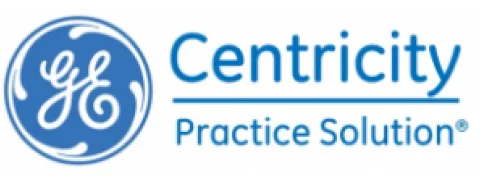
Centricity EMR Pricing Structure
A. Base Pricing Models
Centricity EMR’s pricing structure reflects its enterprise-level capabilities, with costs varying based on practice size, specialty, and implementation needs. While Centricity doesn’t publish standard pricing due to the customized nature of their solutions, here’s what practices can expect:
Per Provider Pricing:
- Starting at $650-800 per provider/month
- Includes basic EMR and practice management features
- Minimum commitment typically 3-5 providers
- Annual contracts required
Per User Pricing:
- Starting at $200-300 per user/month
- Suitable for practices with multiple staff per provider
- Includes role-based access controls
- Volume discounts available for larger organizations
Enterprise Solutions:
- Custom pricing for organizations with 50+ providers
- Typically ranges from $500,000 to $1M+ annually
- Includes advanced features and customization
- Enterprise-wide licensing options
B. Required Initial Investments
Implementation Costs:
- Base implementation: $15,000-25,000
- Data migration: $5,000-15,000 depending on complexity
- Template customization: $3,000-8,000
- Interface development: $5,000-10,000 per interface
Training Requirements:
- Initial training package: $3,000-5,000
- Additional training sessions: $150-200 per hour
- Super-user training: $2,000-3,000 per person
- Online training resources: Included in base package
Hardware Requirements:
- Server infrastructure: $10,000-30,000 (if hosted locally)
- Workstation requirements: $1,000-1,500 per station
- Mobile device compatibility: Additional licensing may apply
- Network upgrades: Varies by practice
C. Additional Costs
Premium Features:
- Advanced analytics module: $200-300 per provider/month
- Population health management: $150-250 per provider/month
- Patient engagement suite: $100-200 per provider/month
- Custom reporting tools: $100-150 per provider/month
Support Packages:
- Basic support: Included in base pricing
- Premium support: Additional 15-20% of base price
- 24/7 support: Additional 25-30% of base price
- On-site support: Quoted separately
Integration Costs:
- Lab interface: $5,000-8,000 per connection
- Imaging system integration: $8,000-12,000
- Hospital system integration: $10,000-20,000
- Third-party app integration: Varies by application
Key Considerations:
- Prices typically negotiable for larger implementations
- Multi-year contracts may offer significant discounts
- Regional pricing variations may apply
- Volume discounts available for larger organizations
- Regular updates and maintenance included in base pricing
Understanding these costs is crucial for budgeting and ROI calculations. While the initial investment may seem substantial, practices should consider:
- Potential efficiency gains
- Reduced administrative costs
- Improved billing accuracy
- Enhanced patient satisfaction
- Better compliance and quality measures
Core Features of Centricity
Clinical Functions
At the heart of Centricity EMR lies a robust set of clinical functions designed to streamline patient care while maintaining accuracy and compliance. The system’s electronic health records go beyond basic documentation, offering specialty-specific templates and intelligent workflows that adapt to your practice’s needs. Providers can quickly access comprehensive patient histories, track vital trends, and manage health maintenance alerts all from a single, intuitive interface.
Key EHR Capabilities:
- Customizable specialty templates
- Problem-based charting with ICD-10 coding
- Automated health maintenance alerts
- Growth charts and vital trends
- Integrated SOAP note functionality
Clinical documentation in Centricity stands out for its flexibility and efficiency. The platform offers configurable flowsheets for chronic conditions and specialty-specific templates that can be customized to match your practice’s workflow.
With features like drag-and-drop interfaces and automated text generation, providers can spend less time documenting and more time with patients.
On average, practices report a 30-40% reduction in documentation time after mastering the system.
The e-prescribing functionality integrates seamlessly with major pharmacies, providing real-time medication interaction checks and automated prior authorization processes. What sets Centricity apart is its sophisticated controlled substance e-prescribing (EPCS) capability, complete with medication history reconciliation and patient adherence tracking.
This comprehensive approach has helped practices reduce prescription errors by up to 60%.
Lab Integration Benefits:
- Direct lab order entry with major companies
- Automated abnormal result flagging
- Trending and graphing of lab values
- Standing order management
- Result notification system
Perhaps most importantly, Centricity’s clinical decision support tools bring evidence-based care guidelines directly into the workflow. Real-time alerts for drug interactions, preventive care reminders, and disease management protocols help providers make informed decisions at the point of care.
These tools, combined with population health analytics and quality measure tracking, have helped practices improve both individual patient outcomes and overall practice performance.
Impact on Practice Efficiency:
- 30-40% reduction in documentation time
- Up to 60% fewer prescription errors
- Improved clinical decision accuracy
- Enhanced regulatory compliance
- Better patient care coordination
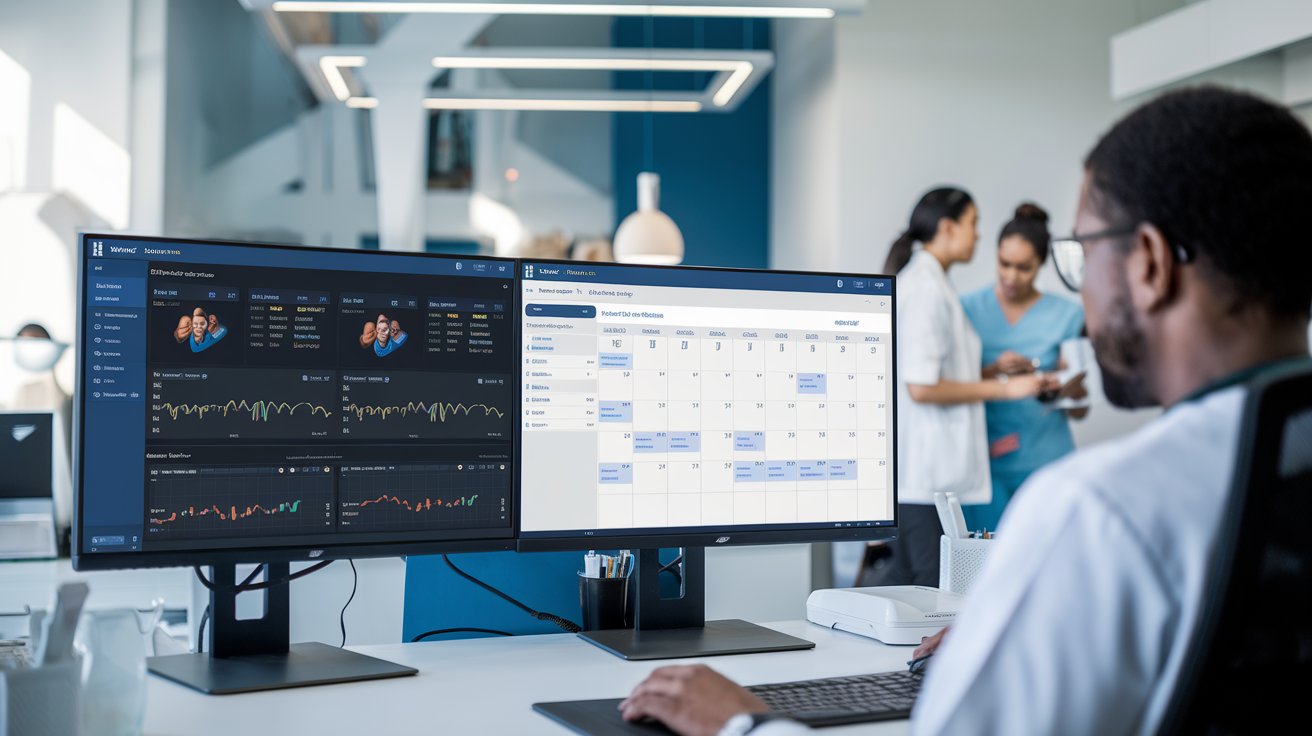
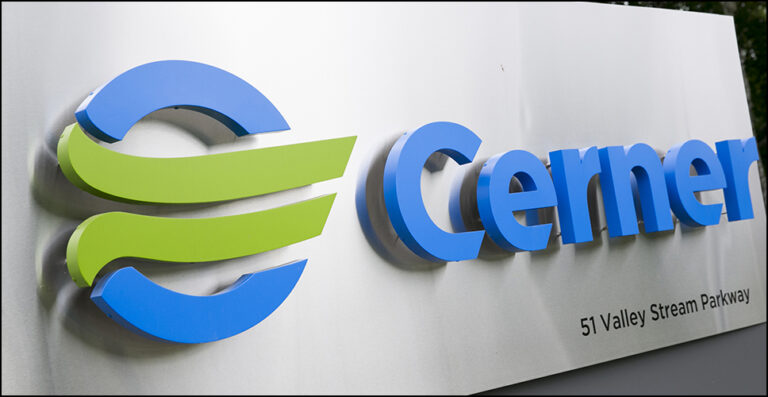



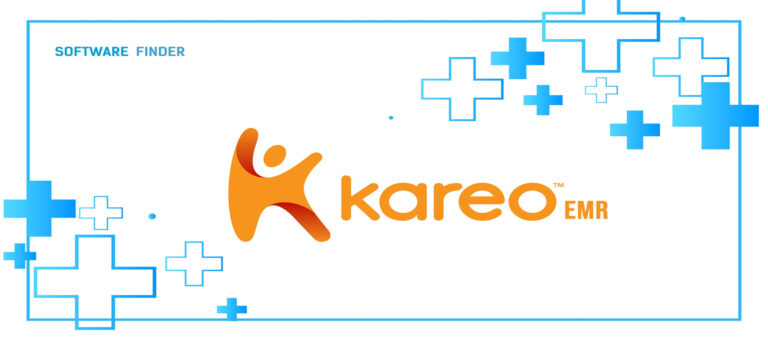
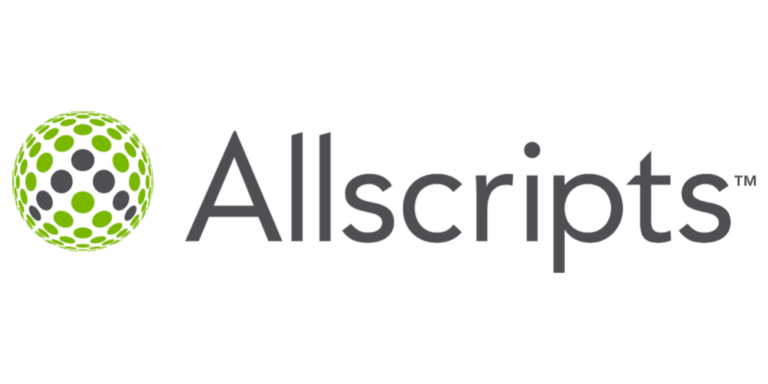
Leave a Reply